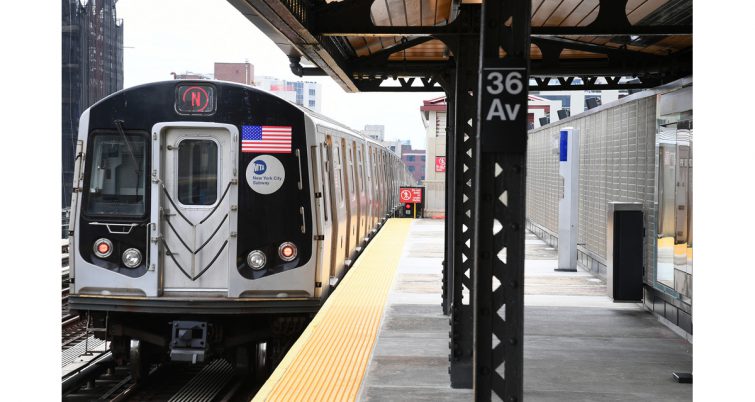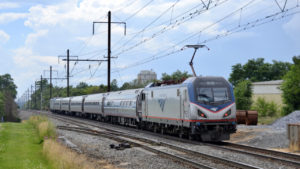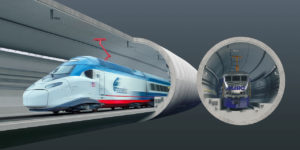MTA NYC Transit modernizes service status notices
Written by RT&S Staff
MTA New York City Transit announced that starting the week of June 3, as part of an ongoing commitment to provide more transparent and useful information to the riding public, the “Service Status” notices on mta.info and on other channels will provide a much deeper level of detail, with seven new categories of service status conveyed on a line-by-line basis. In the system being retired, there are only several broad categories, and multiple subway lines are grouped together by corridor, making it difficult to tell at a glance exactly what line is impacted in what manner.
“New Yorkers live in the ‘right now’ and deserve helpful information in the moment so they can make the right choices about their travel,” said NYC Transit President Andy Byford. “These changes provide customers targeted, at-a-glance information to help them quickly understand exactly what’s happening on their line. It’s always our goal to improve the quality of our real-time information and this is another step forward in that ongoing process.”
In an effort led by the recently established chief customer officer, Sarah Meyer, NYC Transit has been working hard to enhance the information provided to help customers assess their options when planning their trips, on multiple channels such as mta.info, Twitter, car and station announcements, and station signage. As the agency gets more robust real-time data from modernizing train technologies, not only will service continue to improve but so will the usefulness of information provided to customers as they plan their travel.
The new language will describe the specific changes being made to train service on an individual line basis. For example, instead of reading “Service Change” for the B, D, F and M lines, the Service Status Box will use categories such as “Part Suspended,” “Trains Rerouted” or “Express to Local” and show exactly what line is impacted in that manner.
In the system being retired, the only labels describing service issues are “Delays,” “Service Change,” and “Planned Work.” These broad labels are applied to subway lines grouped by their central business district corridors (or “trunk lines”), for example the A, C and E, the B, D,F, and M, the N, Q, R and W, or the 4, 5 and 6. This makes it hard to know at a glance if one’s line is affected in locations where it diverges from other lines, or if service is affected on express or local tracks or both. Individual line-by-line status is available on the myMTA app and the beta new.mta.info, but will be upgraded this week with the new service status categories.
Starting after the evening rush on Monday, June 3, the following new categories of service status will be used on the Service Status Box and on other channels, and conveyed on an individual line-by-line basis.
Part Suspended – Situations where a major disruption causes multiple stations to lose service in either direction. This could apply when a line is split in half or service ends before a train’s normal terminal.
Trains Rerouted – Situations when a train is sent over a different route than it normally travels for that time of day. For example, if the A goes over the F, not the A going over the C.
Local to Express – Situations when a train that normally runs local uses the express track on its normal route.
Express to Local – Situations when a train that normally runs express uses the local tracks on its normal route.
Stations Skipped – Situations where trains continuously skip a station in one direction or come through a station without stopping. For example this could be used for police activity or medical assistance but not typical skips/holds to help keep the train on schedule.
Slow Speeds – Situations where trains move at slower-than-normal speeds but make all their normal stops. This would be used in situations where workers are on the tracks or we conduct track inspections.
Multiple Impacts – Situations where multiple status options apply to a single disruption or multiple disruptions impact a line.
These new categories were developed based on customer feedback and international best practices. This is an ongoing modernization and NYC Transit will continue to refine this and other customer information based on further experience and public input.





